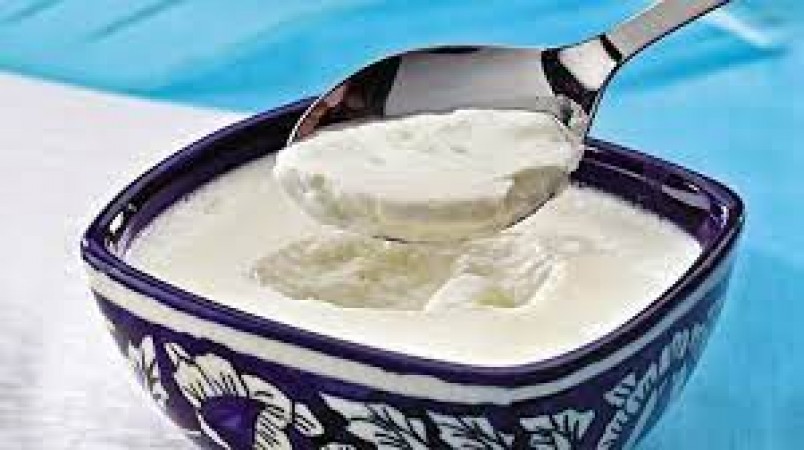Have you ever wondered why your homemade curd sometimes doesn't set as firm as the one you buy from the market? Well, you're not alone. Many home cooks encounter this issue, scratching their heads in confusion. Let's delve into the science behind curd setting and explore common mistakes that might lead to a less-than-ideal outcome.
Understanding the Curdling Process
Before we dive into the mistakes, let's understand how curd forms in the first place. Curd, also known as yogurt, is made by fermenting milk with live bacteria cultures. These cultures convert lactose, the natural sugar in milk, into lactic acid through a process called lacto-fermentation. As the lactic acid accumulates, it lowers the pH of the milk, causing it to curdle and form a thick, creamy texture.
Factors Influencing Curd Formation
Several factors influence the curdling process:
1. Temperature:
- Optimal Range: The temperature at which you incubate your curd is crucial. It should ideally be around 110°F to 115°F (43°C to 46°C). Higher temperatures can kill the live cultures, while lower temperatures may hinder their activity, leading to poor curd formation.
2. Starter Culture:
- Quality Matters: Using a good quality starter culture with live and active bacteria is essential. Commercial yogurt or a starter culture from a previous batch of homemade curd can ensure the presence of the right bacteria strains for successful fermentation.
3. Milk Quality:
- Freshness and Type: The quality and type of milk you use play a significant role. Fresh, pasteurized milk works best, preferably whole milk for a creamier texture. Avoid using ultra-high temperature (UHT) or long-life milk, as they may have undergone treatments that can affect curd formation.
4. Hygiene and Cleanliness:
- Sanitary Conditions: Maintaining clean utensils, containers, and surfaces is crucial to prevent contamination by unwanted bacteria, which can interfere with the fermentation process.
Common Mistakes to Avoid
Now that we understand the basics, let's identify some common mistakes that could prevent your curd from setting properly.
1. Incorrect Temperature:
- Too Hot or Too Cold: Deviating from the optimal temperature range can disrupt the activity of the bacteria cultures, resulting in weak or no curd formation.
2. Insufficient Starter Culture:
- Not Enough Active Bacteria: Using too little starter culture or using yogurt that has been sitting in the fridge for too long may not contain enough live bacteria to kickstart the fermentation process effectively.
3. Overheating the Milk:
- Denaturing Proteins: Heating the milk above 115°F (46°C) can denature the proteins, affecting the texture and consistency of the curd.
4. Disturbing the Fermentation Process:
- Agitation or Movement: Avoid disturbing the milk while it's fermenting, as this can disrupt the formation of curd structure.
Tips for Perfect Curd Every Time
Now that we know what not to do, here are some tips to ensure your homemade curd sets just right:
1. Use a Thermometer:
- Precision Matters: Invest in a good quality thermometer to monitor the temperature accurately throughout the fermentation process.
2. Preheat Your Incubation Container:
- Warm Environment: Before adding the milk and starter culture, preheat the container by rinsing it with hot water. This helps maintain a stable temperature during fermentation.
3. Be Patient:
- Give It Time: Fermentation can take anywhere from 6 to 12 hours, depending on various factors such as temperature and the type of bacteria culture used. Be patient and resist the urge to check or disturb the process too frequently.
4. Insulate the Container:
- Maintain Warmth: Wrap the incubation container in a towel or place it in a warm spot to provide insulation and maintain a consistent temperature.
By following these guidelines and avoiding common pitfalls, you can significantly improve your chances of achieving perfectly set curd every time.
Kaushambi accident: 6 killed, several injured in explosion at firecracker factory
Forgot the BJP alliance? Congress leader Dikshit's sharp reply
Akhilesh Yadav to join Rahul Gandhi's Bharat Jodo Yatra, may chalk out new strategy for Lok Sabha elections
